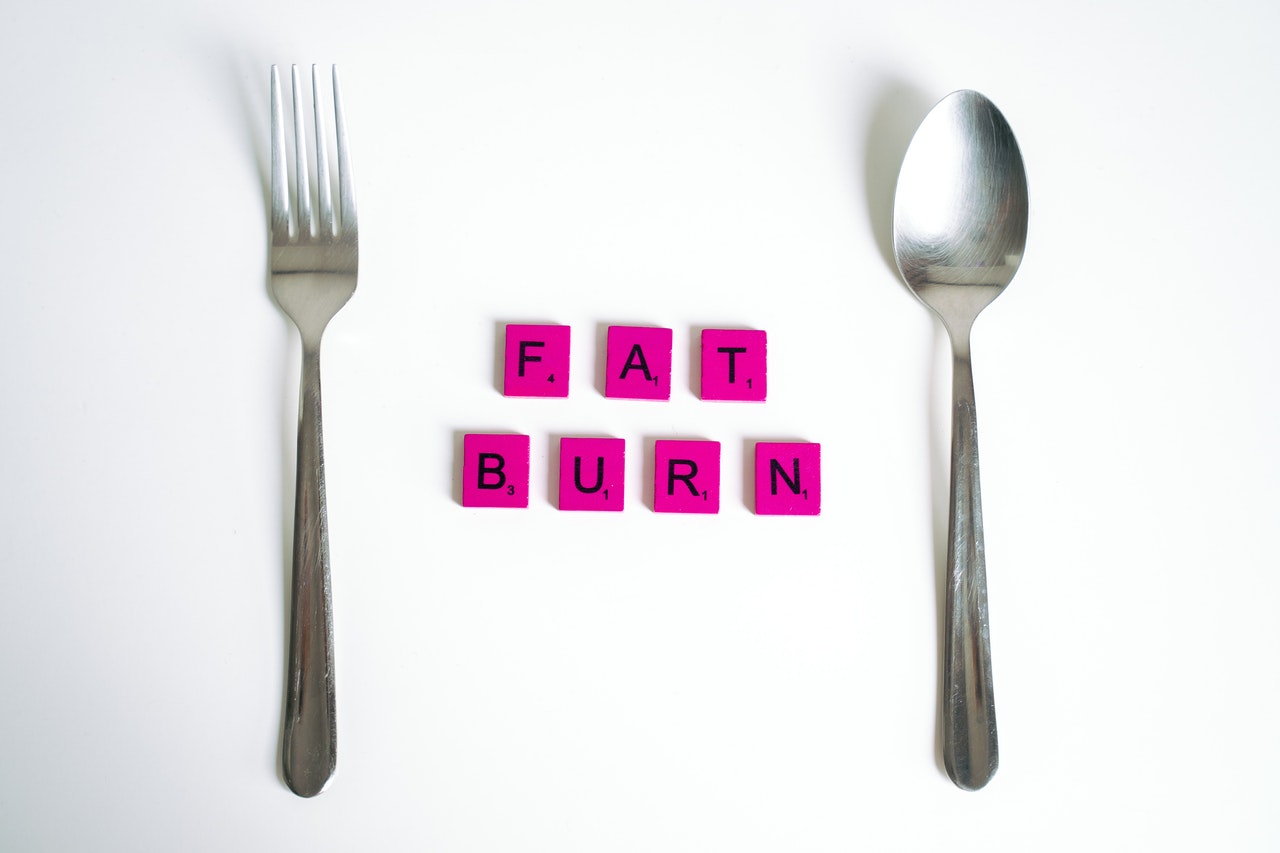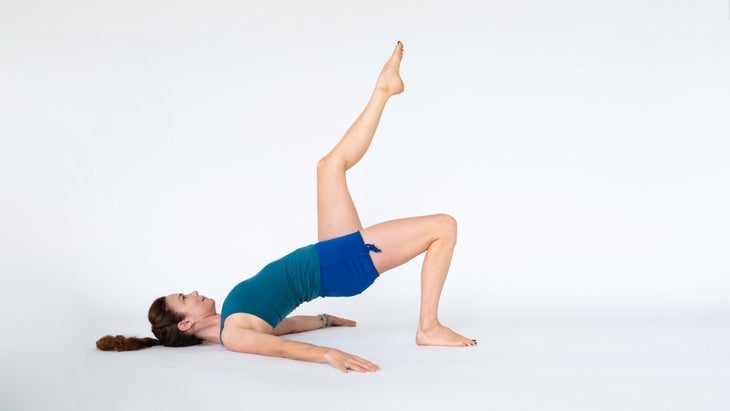Overweight & obesity are explained as abnormal or excessive fat accumulation which presents a threat to health. Obesity during childhood also has a huge impact on the adult part of life. It is better to know the average weight of women at each stage of life. There is no master key for weight loss. Different methods of weight loss are effective for different people.

Measure to know if you are overweight.
A body mass index – BMI of more than 25 is considered overweight & more than 30 is obese. According to the global burden of disease, the issue has risen to epidemic proportions, with over 4 million people dying every year as a result of being overweight or obese in 2017.
India is going through a rapid epidemiological transition, from underweight to overweight or obese population.
Obesity is known as the root cause of many lifestyle diseases. Obesity is a major risk factor for type 2 diabetes & cardiovascular diseases. It is also, indicated as a factor in neurological diseases like Alzheimer’s disease.
Obesity is a condition, in which the size & number of fat cells increases in the body. It is a chronic disorder that is officially reported as a disease by the World Health Organization (WHO), and also by several other national and international organizations. Obese people are always in search of newer and easier means to lose weight.
Different Weight-loss methods
Aerobic exercise plays an important role not only in weight loss but also to maintain health and vitality. Aerobic exercise is also known as endurance activities which are the physical exercise of low to high intensity and depends primarily on the aerobic energy-generating process.
Exercise as an integral part of any weight-loss program.
The American Diabetes Association (ADA), American Academy of Clinical Endocrinologists (AACE), & National Academy of Nutrition and Dietetics
Aerobic” is termed as “relating to, involving, or requiring oxygen”, and refers to the use of oxygen to meet energy demands during exercise via aerobic metabolism adequately. Aerobic exercise is performed by repeating sequences of light-to-moderate intensity exercises for long periods of time. Such regular exercise plays a greater role in achieving the desired weight loss.

Regular physical activity is most important for good health, and it’s especially vital if you’re trying to lose weight or maintain a healthy weight.
To lose weight or maintain your weight: Work up to 150 minutes of moderate-intensity aerobic activity & 75 minutes of vigorous-intensity aerobic activity, or an equivalent mix of the two every week. Strong scientific evidence suggested that physical activity can help you maintain your weight over time.
To lose weight and keep it off: An appropriate weight-loss regime – do more physical activity & also adjust your diet and reduce the number of calories you’re eating and drinking. A healthy weight and achieving a weight-loss goal requires both regular physical activity and a healthy eating plan.
How many calories are used in typical activities?
The below table shows calories used in common physical activities at both moderate and vigorous levels that may help in maintaining your weight as well as weight loss.
Calories used per hour in common physical activities
| Moderate Physical Activity | Approximate Calories per 30 Minutes for a 154 lb Person | Approximate Calories per Hour for a 154 lb Person |
| Hiking | 185 | 370 |
| Light gardening/yard work | 165 | 330 |
| Dancing | 165 | 330 |
| Golf (walking and carrying clubs) | 165 | 330 |
| Bicycling (<10 mph) | 145 | 290 |
| Walking (3.5 mph) | 140 | 280 |
| Weight lifting (general light workout) | 110 | 220 |
| Stretching | 90 | 180 |
| Vigorous Physical Activity | Approximate Calories per 30 Minutes for a 154 lb Person | Approximate Calories per Hour for a 154 lb Person |
| Running/jogging (5 mph) | 295 | 590 |
| Bicycling (>10 mph) | 295 | 590 |
| Swimming (slow freestyle laps) | 255 | 510 |
| Aerobics | 240 | 480 |
| Walking (4.5 mph) | 230 | 460 |
| Heavy yard work (chopping wood) | 220 | 440 |
| Weight lifting (vigorous effort) | 440 | |
| Basketball (vigorous) | 220 | 440 |
Calories burned per hour will be higher in persons who weigh more than 154 lbs or 70 kg and lower in persons who weigh less.
Walking vs cycling
When evaluating the outcomes of cycling and walking on fat metabolism, one study reported that walking accelerated fat metabolism more than cycling. Participants performed both types of exercise at the equal intensity or rate of perceived exertion. Cycle training is extremely performed as a major part of any exercise program seeking to improve aerobic capacity and cardiovascular health.

One more study reported that cycling increased strength and muscle hypertrophy. This effect was observed greater in older adults than younger adults. However, younger adults could achieve this at a higher intensity. Yet, both kinds of exercise can help with weight loss as long as you manage your diet.
Cycling may be better for weight loss when you have a limited amount of time to work out.
Finding an exercise that you can do to stay active when you’re injured is important. Walking is generally recommended to relieve pain and improve function in chronic low back pain. Walking can be a less-expensive alternative to physical exercise in chronic low back pain.
Running vs walking
One study compared weight change and exercise levels in nearly 50,000 people who had been either running or walking for years. The study reported that walking led to weight loss for nearly everyone in the study. Yet, running was more effective at dropping pounds for both men & women.
Conclusion
Walking and running both exercises provide benefits for weight loss and improved overall health. The best exercise for weight loss is the one that you actually do on a daily basis. What matters most is consistency, no matter whether you’re walking or running or cycling.



















